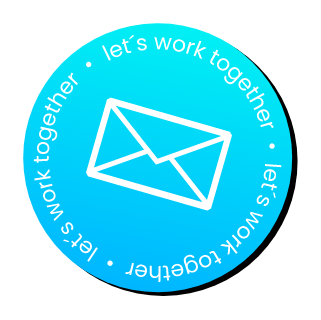Why work
with us
Today´s software products and IT systems need to fulfill the highest expectation in all aspects of quality, such as usability, mobility, stability, scalability and more.

Today´s software products and IT systems need to fulfill the highest expectation in all aspects of quality, such as usability, mobility, stability, scalability and more.


They question why they can control their house from a simple phone app and transfer money from wherever they are, while at work, they need to track their department’s expenses in a database application that feels like it comes directly from the 90s. They also wonder why the latest sales numbers are online available after a nightly batch run, or why it takes months to implement a little change.

User expectations
Today´s user expectations require appropriate approaches in the implementation and maintenance side. Some high-level examples include:


Transparent, lightweight requirements management:
A user wants to be able to provide feedback, see the feedback being handled and track the resulting changes in the product. Therefore, development teams need to provide tools that make their work and progress visible. They also need to understand the value of using those tools appropriately.

Highest product quality: People do not accept non-understandable and reoccurring error messages anymore. An IT product must work, and if problems occur, they should be fixed as soon as possible! To fulfill these requirements, today's software, no matter how small or for which purpose it is built, needs to be automated, fast, and stable build and release processes and tools. Development teams need to bake the highest quality into the product instead of fixing it later. Also testing, as well as QA, need to be a part of development and release cycles – done in minutes.

Scalability: Enterprises need their IT products, both internal and external, to be scalable. This applies to the running product (making it faster, making it available to more users, etc.) as well as to the development and change process. Perhaps there are no changes in the product for several months, but then many change requests need to be realized in a short period of time, such as extending BI reporting to different global branches.

Agility: There needs to be flexibility with regard to the teams building the product, as knowledge and technologies that are in today may be replaced with something new very soon. A headcount that guaranteed enough capacities yesterday might be far too little tomorrow. Not only are new developers needed, but the whole organization, from team setup to development infrastructure (including tools, dev machines, ITSM systems, communication and collaboration toolchain, etc.) needs to support this flexibility.
In all those examples, it is obvious that it is never just one element that needs to change or be improved to fulfill the needs. The one company implementing ITSM tools alone doesn't solve the challenge, nor does the team of agile coaches or the team of experts for cloud-first architecture (to mention some common examples seen in the field). They always work on one aspect of the problem and will never be able to solve them to full satisfaction or beyond. Today's IT challenges require a more holistic approach: one service by experts focused on the various aspects of modern IT – The modern engineers!